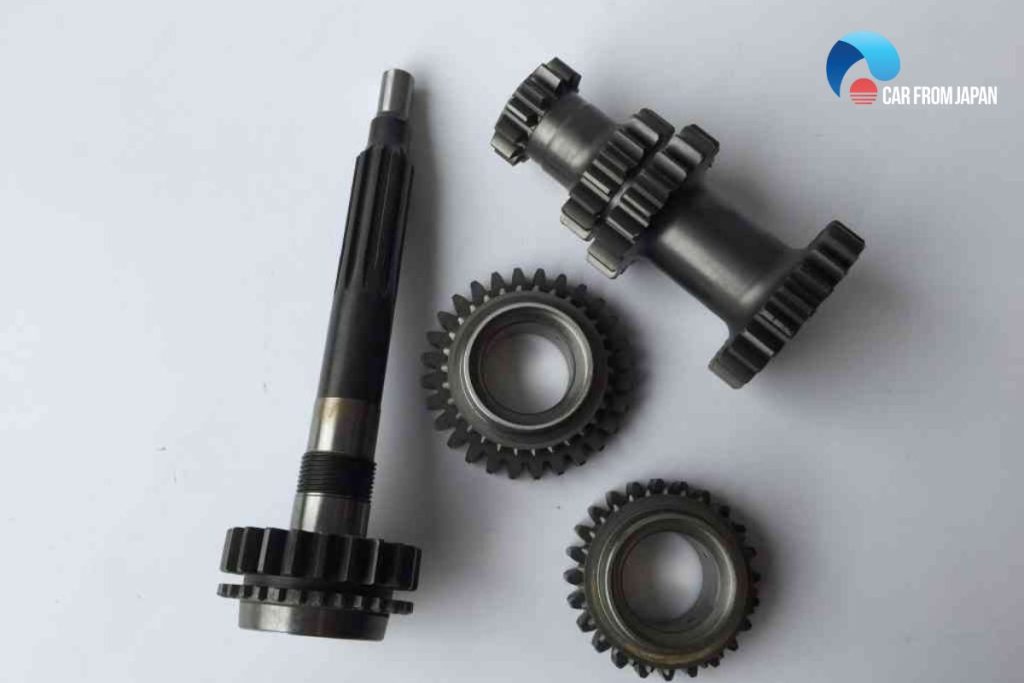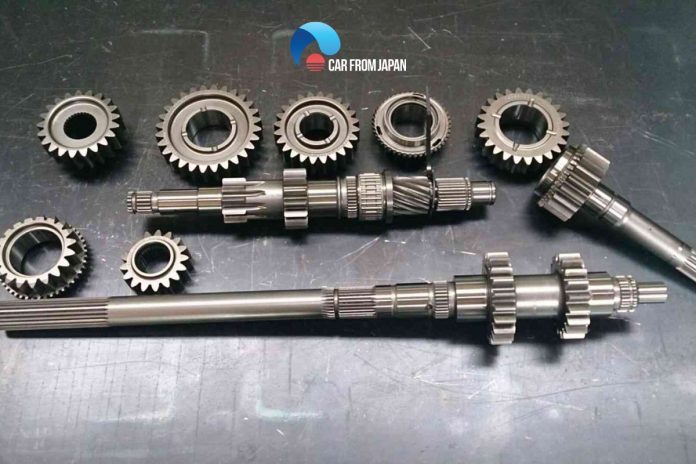Now, when we talk about gears, there are several types of them. The widely used ones are straight cut gears and helical.
Many people get confused if straight cut gears are useful as helical gears seem to hold a more positive image.
Today we are going to diminish your doubts about the straight cut gears!
Straight Cut Gears: Advantages And Disadvantages
The straight cut as its name contains the teeth that are cut in straight form instead of the helical or spiral shape. Straight cut gears are more widely used in racing cars than regular cars.
There are many reasons why straight cut gears are preferred. So let’s discuss the same and understand the advantages and disadvantages.
Advantages of Straight-Cut Gears
Straight cut gears are known for producing no axial load like helical gears. As there is no axial load, there is no restriction applied on the torque.
Hence, the straight cut gears are used in racing cars as torque is an aspect that is much needed in racing.
The elimination of thrust force in straight cut gears protects the output shafts and other bearings from tearing apart. This away, the straight cut ensures safety as well as torque even at a great force.
A straight-cut transmission does not produce any heat due to its absence of axis load. The axis load is responsible for increased friction and heat and decreased energy which happens in the helical gears system.
Due to the simple nature of straight-cut gears, they always come easy to assemble. Plus, as there is no axis load, no bearings and output shafts are needed.
This, as a result, decreases the overall loads and slims down the engine, and that comes as a huge advantage in racing cars. Due to the decreased weight, racing cars perform efficiently and well every time.
Spur gears or straight-cut gears charge less money also. It comes beneficial, especially in the reverse gear part where three gears are needed to perform the reverse action.
Since they come cheap, they are used for the reverse gear operation. Straight cut gears do not need any synchronizers as well, and that makes them even cheaper.

See More: Is It Automatic or Manual Gearbox You Need To Own?
Advantages in Brief:
- Straight cut gears make the drive lightweight
- They produce no axial force
- They provide more torque
- Easy to assemble
- Slims down the overall engine space
- Built for racing cars
- Cheaper in price
Disadvantages Of Straight-Cut Gears
Nothing is an exception to drawbacks, and so straight cut gears have their downsides too.
Due to the straight cut, they mesh with each other all at once, and this creates a hell lot of noise out of them. Thus, they are not used for regular cars as they are not known for silent operation.

As the straight gears meet their parts all at once, they tap on each other, and thus they produce the whining sound.
They are less smooth and efficient than helical gears which come together in small segments, and thus they produce no instant tapping.
With the increasing speed, the tapping increases too, and the noise carries on. Hence, you now know why those racing cars are so noisy while in motion.
Plus, the straight cut gears are not meant to carry heavy loads which helical gear can carry effortlessly. It happens because of the distributed force due to the spiral teeth of the gears.
Disadvantages In Brief:
- Noisy driving
- Not meant to carry heavy loads
- Not good for city cars

FAQs on Straight Cut Gears
Why are straight cut gears used in racing transmissions?
Straight cut gears are popular in racing transmissions because they can handle the high RPM and torque demands of racing engines.
They also provide quicker and more precise gear changes, which are essential in racing situations.
Do straight cut gears make more noise than other gear types?
Yes, straight cut gears are known for producing a distinctive whining or buzzing noise, especially at high speeds.
This noise is due to the way the gear teeth engage and is one of the characteristics of straight cut gear sets.
Can straight cut gears be used in everyday vehicles?
While straight cut gears are excellent for high-performance and racing applications, they are less common in everyday vehicles due to their noise and vibration characteristics.
Helical gears are typically used in most passenger cars for a smoother and quieter operation.
How do straight cut gears differ from helical gears?
Straight cut gears have teeth that are cut straight across the gear’s face and mesh directly with each other.
Helical gears have teeth with an angled or spiral shape, which results in a smoother engagement and quieter operation but sacrifices some efficiency and durability compared to straight cut gears.
Can straight cut gears be lubricated in the same way as helical gears?
Yes, straight cut gears can be lubricated with the same types of gear oil or lubricants as helical gears.
Proper lubrication is essential to minimize wear and extend the life of the gearset.
Check out this video from Donut to know more about Helical vs. Straight Cut Gears!
Conclusion
More and more sports cars have been adopting the concept of helical gears with advancements of technology so the torque won’t be compromised.
There are still cars that use straight cut gears gracefully and let the driver complete the racing in full charm.
So, as long as you do not mind noise while driving, straight cut gears are not that bad of a transmission. It all depends on the preferences whether you want to go with smooth ride and silence or power and noise.
For more insightful Car maintenance tips, follow Car From Japan today!



